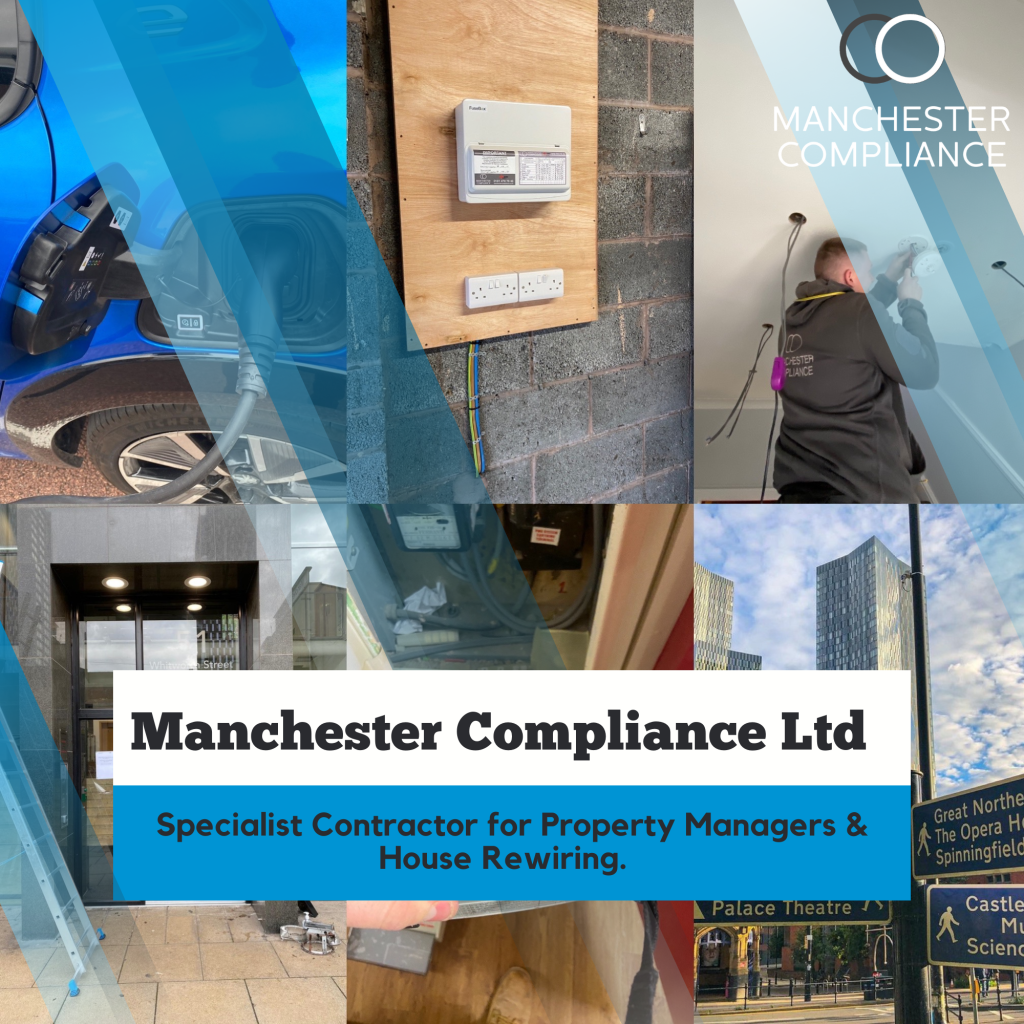An Electrical Installation Condition Report (EICR) is an important inspection that should be carried out on electrical installations at regular intervals. The report aims to ensure that the electrical installations in a building are safe for use, and that they comply with the relevant standards and regulations.
In this blog post, we’ll take a closer look at what is required when carrying out an EICR and how to carry out an EICR.
What is an EICR?
An EICR is a report that outlines the condition of the electrical installations in a building. It is an assessment of the safety and suitability of the installations and identifies any defects or issues that need to be addressed. The report will also make recommendations on what needs to be done to bring the installations up to current safety standards.
The EICR will cover all of the electrical installations in the building, including the wiring, sockets, switches, light fittings, and any other electrical equipment. The report will also include information on the earthing arrangements and the condition of the fuse box.
When Should an EICR be Carried Out?
An EICR should be carried out at regular intervals, typically every 5 years for domestic properties and every 3 years for commercial properties. However, the frequency of the inspection may vary depending on the type of property and its usage. For example, if a property has a swimming pool or Jacuzzi, the inspection frequency may be increased.
An EICR should also be carried out when there is a change of occupancy or ownership of a property, or if a property is being prepared for letting.

How to Carry Out an EICR?
Carrying out an EICR requires a qualified electrician with the necessary experience and expertise to undertake the inspection. Here are the steps involved in carrying out an EICR:
- Visual Inspection – The first step in carrying out an EICR is to conduct a visual inspection of the electrical installations. This includes checking for signs of damage, wear and tear, and any obvious defects. The electrician will also check the condition of the sockets, switches, light fittings, and other electrical equipment.
- Testing – The electrician will then conduct a series of tests to assess the condition of the electrical installations. This includes testing the earth continuity, insulation resistance, and polarity of the electrical installations. The electrician will use specialist testing equipment to carry out these tests.
- Report – Once the inspection and testing are complete, the electrician will compile a report detailing the findings. The report will identify any defects or issues that need to be addressed and make recommendations for bringing the installations up to current safety standards.
- Remedial Work – If any defects or issues are identified in the report, the electrician will recommend remedial work to be carried out. This work should be carried out by a qualified electrician to ensure that the installations are safe for use.
In conclusion, an EICR is an important inspection that should be carried out on electrical installations at regular intervals. It ensures that the electrical installations in a building are safe for use and comply with the relevant standards and regulations. If you need to carry out an EICR, make sure you use a qualified electrician with the necessary experience and expertise to undertake the inspection.
“Quoted a fair price for the job. Attended as agreed and completed the work with no fuss. First class.”
ALAN


